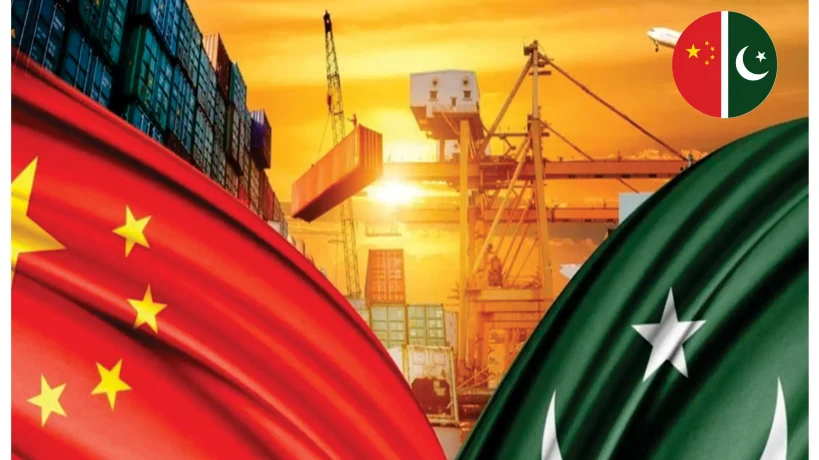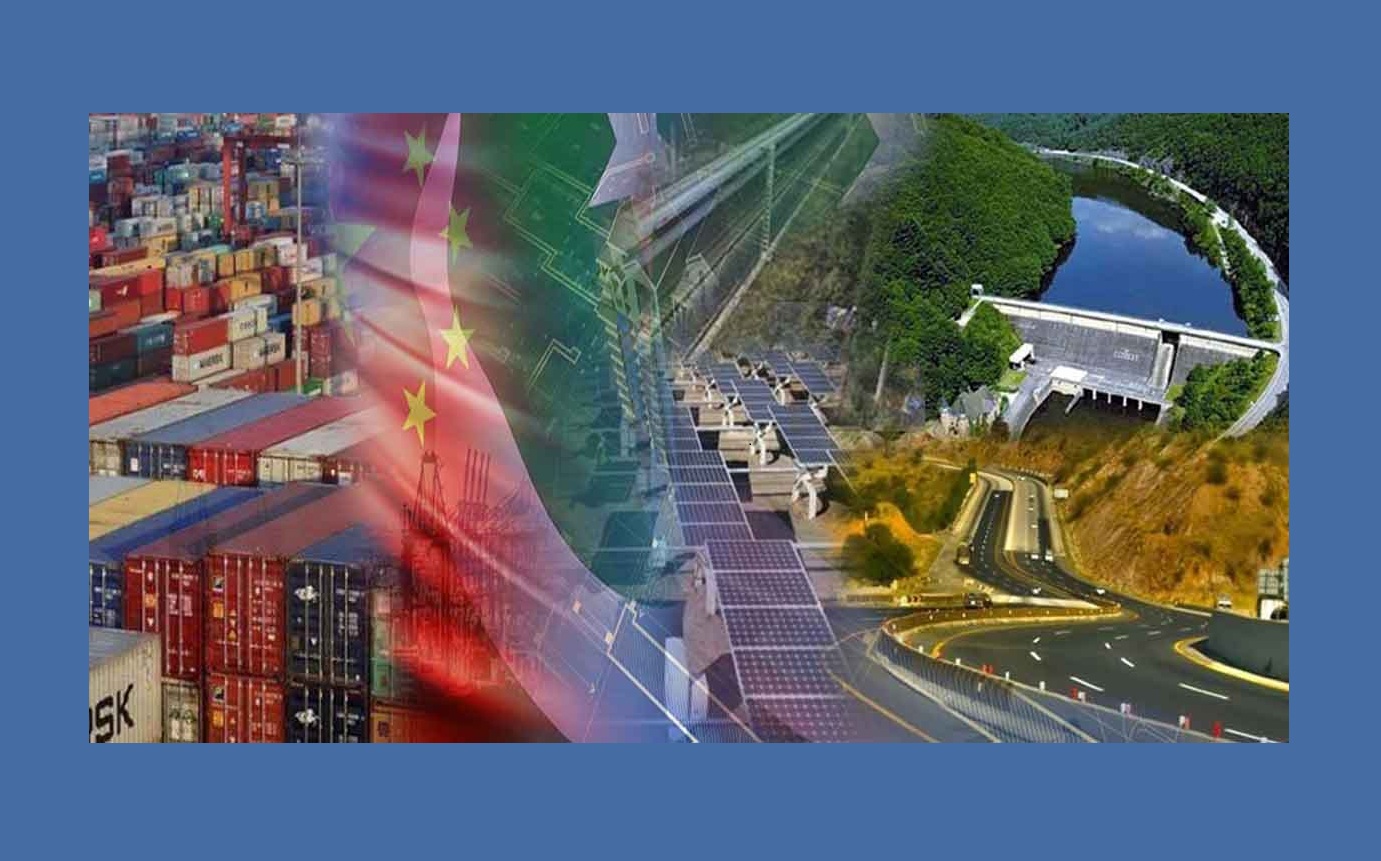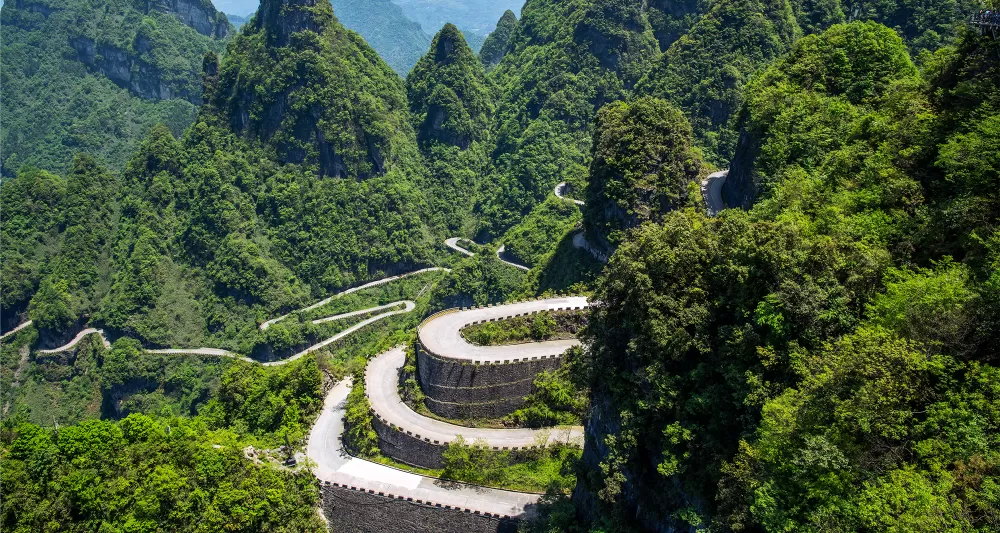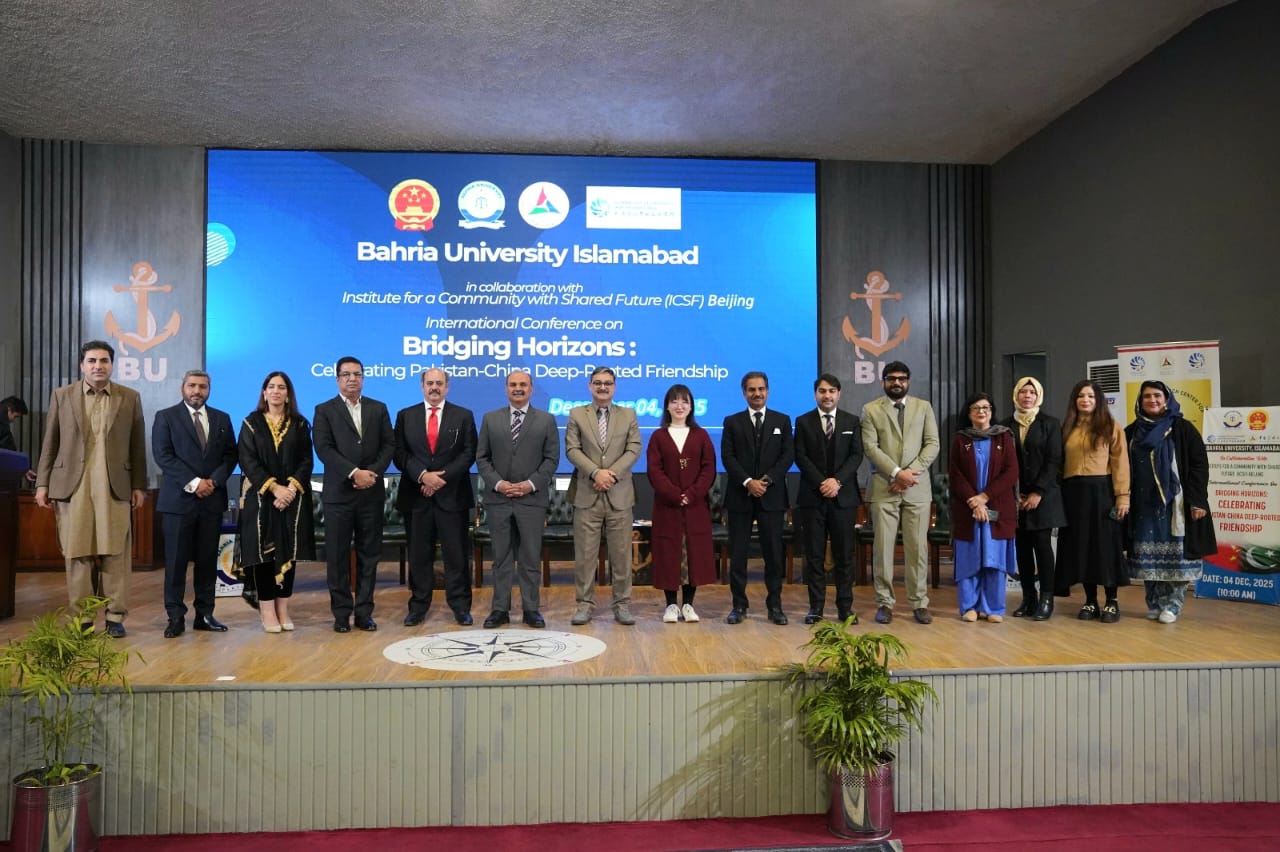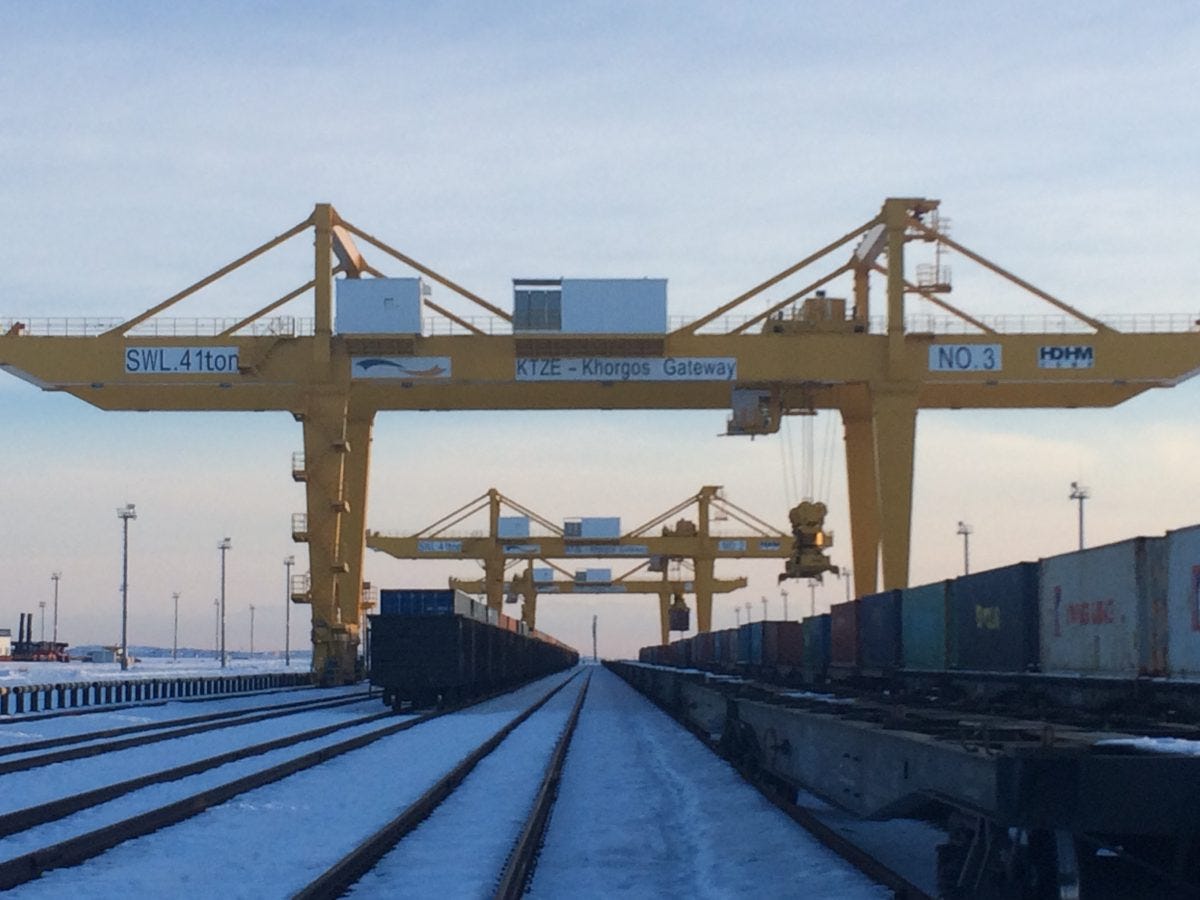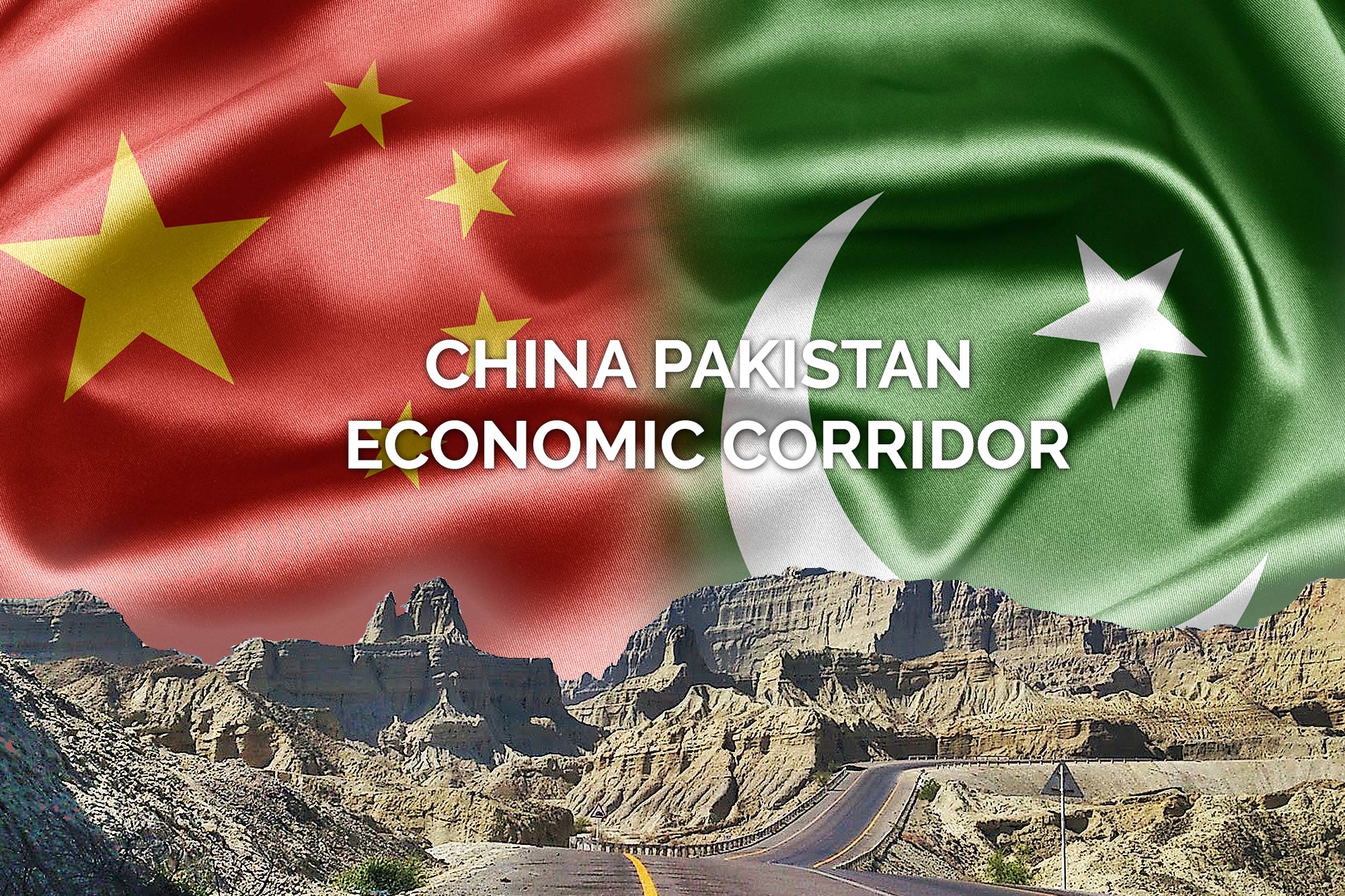In the last ten years, the China-Pakistan Economic Corridor (CPEC) has made impressive progress in transforming Pakistan into a geo-economic center for China’s Belt and Road Initiative (BRI). It has improved infrastructure and trade capacity and expanded the economic and connective possibilities of South Asia. Project developers in Pakistan face global environmental challenges which, for all future endeavors, should extend the currently established road and energy partnerships to include a solid, integrated, and future-oriented development approach to climate change and green growth.
Transition from Traditional Infrastructure to Sustainable Development
The first phase of the CPEC project laid its focus on the construction of roads, energy generation, and the development of port infrastructure. Even though these initiatives managed to mitigate Pakistan’s chronic power generation challenges and improve the country’s regional connectivity, however, criticism on the environmental impact of infrastructure development and the country’s over-reliance on coal power generation was substantial (Rauf, Wang, and Liu 2020). To address the country’s vulnerability to the most serious impacts of climate change, CPEC must shift from a framework of building carbon-intensive infrastructure to one that focuses on climate-conducive renewables and sustainable development.
China is implementing a green-development strategy. Under its “Green Belt and Road” vision, China promises to cease funding foreign coal plants and direct investments to renewables, sustainable agriculture, and other clean technology (Zhou 2022). For Pakistan, this shift is not just a positive development but it is need of the time. There needs to be alignment of policy and investment. The China-Pakistan Economic Corridor must now shift its future to a “Green Growth Corridor” where the core policy pillars will be sustainability, resilience, and ingenuity.
Policy Realignment for a Green CPEC
Integrating environmental sustainability into economic planning is a necessary next step for Pakistan. A “Green CPEC Policy Framework” should contain well-defined milestones for assessing renewable energy addition, emission drop targets, and environmental assessments prior to each new project launch. Pakistan must develop and invest in solar, wind, and hydroelectric projects (particularly in very promising Balochistan and Sindh) (Ahmed and Mustafa 2023).
In addition, the two governments can follow through on plans for a China-Pakistan Green Innovation Fund. This would help finance the import of sustainable technologies, the development of “green” startups, and projects aligned with the circular economy. Such efforts would support local entrepreneurs and researchers in contributing to eco-industrial development. Waste management systems, smart infrastructure grids, and climate-resilient infrastructure are examples of projects where public-private partnerships can help.
Sustainability as a Tool for Regional Diplomacy
From a geopolitical perspective, green cooperation promotes a multitude of positive regional changes. South Asia is home to many transboundary environmental issues, including water shortages, air pollution, and CPEC’s green transformation, and these issues could be solved through one of South Asia’s first regional climate agreements. The environmental willingness of CPEC could shift some of the focus of the BRI to more eco-positive BRI-related projects and foster positive environmental cooperation and environmental standards along the CPEC corridor (Huang 2021).
Manipulating the changes within their current geopolitical climate would allow South Asian countries, and more specifically, Pakistan, to advocate for a regional South Asian Green Growth Compact. The Compact can open Pakistan’s regional relations and signal to the world the gained sophistication of the climate element to the Pakistan-China partnership.
Sustainability in society should be cared for just as much as the technology and infrastructure, if not even more. The green growth transition should care for and protect the workers in the fossil fuel industries. Skill building in the fossil fuel communities should include renewable energy, green construction, and sustainable agriculture. Including women in green businesses and giving them clean energy resources strengthens equity in sustainable development (UNDP 2022)
Clearing in fossil fuel communities should include a positive focus on teaching and awareness in green growth. Research and degree programs in climate policy, renewable engineering, and environmental management for the two countries’ universities and research institutions would build sustainable long-term intellectual growth in these fields.
Challenges and the Way Forward
Transitioning from carbon-heavy infrastructure to greener alternatives won’t be a straightforward journey. Factors such as limited technology, reluctance to change policies, and budget constraints may cause this process to be slow. Nonetheless, we have a reason to be optimistic with Pakistan’s demographics and resources aligned with China’s finance and technology. Building sustainability into the policies and structures regarding trade, investments, and industries will allow both trade partners to build vibrant and resilient ecosystems.
Lastly, with regards to any new initiative, most importantly, there should be Environmental Responsibility, and then Transparency, Due Diligence, and Accountability, to which the compliance levels with local and international regulations will be guaranteed by the Pakistan Environmental Protection Agency expanding their institutional role and involving the public.
Conclusion
The planned future development of the CPEC should incorporate the principles of green growth from the very beginning to give Pakistan the opportunity to streamline this with the national development planning, which would allow Pakistan to comply with international climate regulations. For China, this would enhance its position as a global green cooperation leader. In this way, the two nations will be capable of redefining CPEC to encourage sustainable development.

